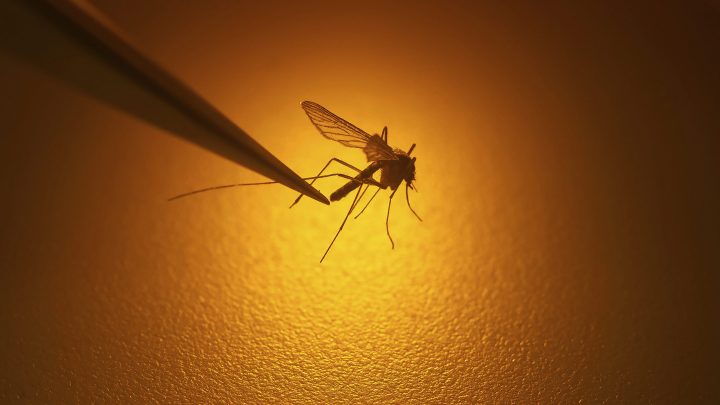A public health unit in southwestern Ontario is confirming that a bird in the region has tested positive for West Nile virus — and a week before regular seasonal surveillance begins.

Southwestern Public Health (SWPH), which covers Woodstock and St. Thomas as well as surrounding areas, reported Wednesday that it has been informed by Public Health Ontario that a dead bird found within its jurisdiction has tested positive for West Nile virus.
The health unit says the “Canadian Wildlife Health Cooperative collects dead birds and performs the testing.” It then provides the results to Public Health Ontario, which informs the local health units.
SWPH’s mosquito surveillance program for West Nile virus begins next week and will last throughout the summer.
The health unit says a dead bird testing positive for the virus suggests that the virus is in the region, as birds can contract the virus from an infected mosquito.
A spokesperson with SWPH confirmed to Global News that the bird was found in South-West Oxford but stressed that “because of the obvious mobility of birds,” the virus is not necessarily in South-West Oxford itself.
The spokesperson added that public health is using the opportunity to remind the public that West Nile virus is endemic to Ontario and people should protect themselves from mosquitoes.
Amy Pavletic, SWPH manager of environmental health, suggests using bug spray with DEET when outdoors, wearing long-sleeved shirts and long pants, avoiding the outdoors at dawn and dusk, and regularly removing standing water which mosquitoes use as breeding sites.
“Most people bitten by an infected mosquito do not show any symptoms,” the health unit says.
“Others may have headache, body ache, fever, nausea, vomiting and rash. Fewer than 1 per cent of
people who are infected develop serious or life-threatening symptoms such as meningitis or encephalitis.”




Comments